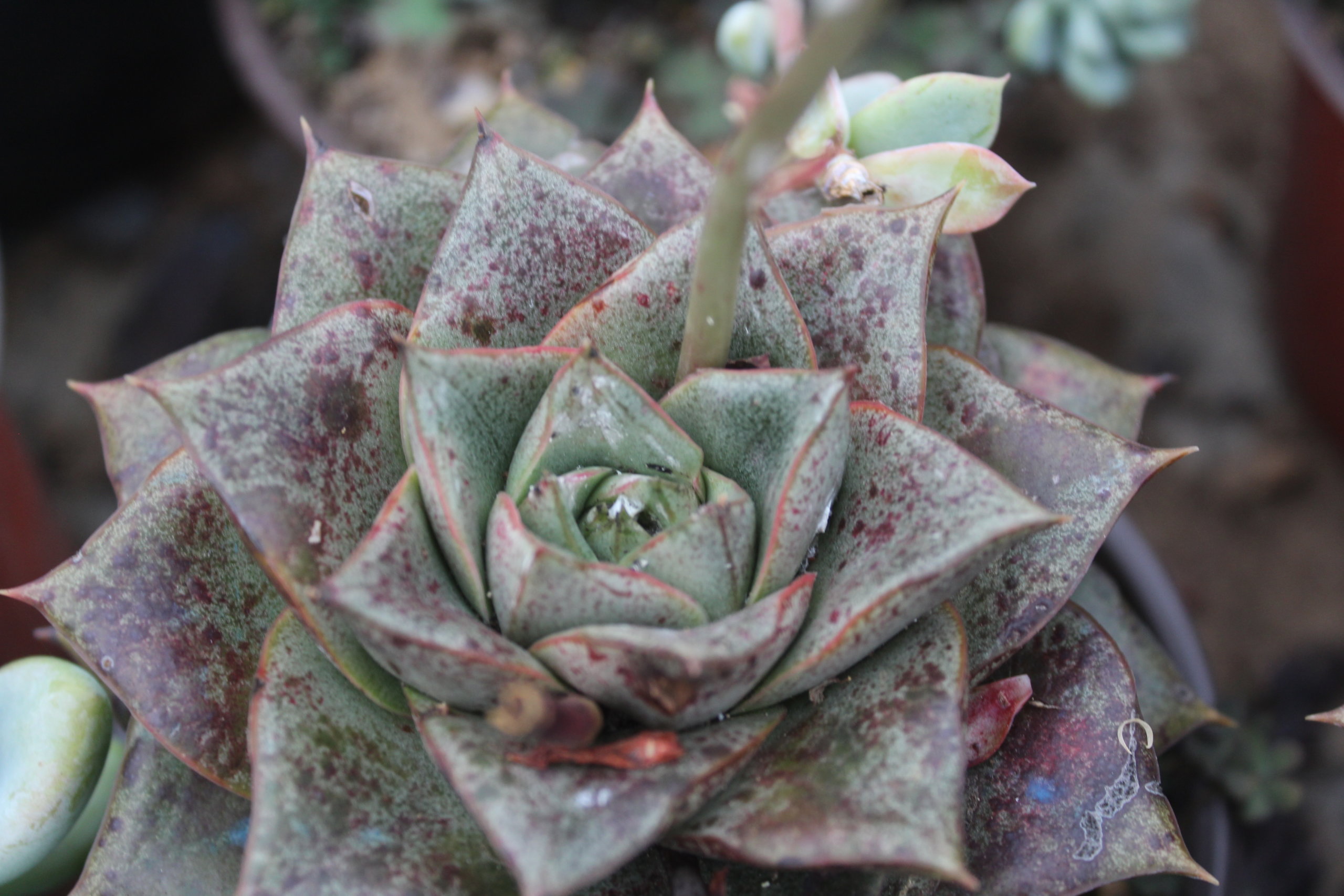Quarantining Sick Succulents
If you notice one of your succulents looking sick or starting to decline, it’s important to act fast to protect your other plants. Quarantining sick succulents can stop pests and diseases from spreading to the rest of your collection. This simple step can save you a lot of trouble and help keep your entire plant collection healthy.
Quarantine means keeping the affected succulent in a different spot away from your healthy plants. You’ll be able to watch the sick plant closely, treat any problems you find, and make sure nothing spreads through your collection. Whether you have a big indoor garden or just a few pots on a windowsill, quarantine helps maintain the health of all your succulents.
Recognizing Sick Succulents and Causes
Keeping your succulents healthy means spotting problems early. The main causes of sickness in succulents are pests, fungal or bacterial diseases, and environmental stress.
Common Signs of Pests and Diseases
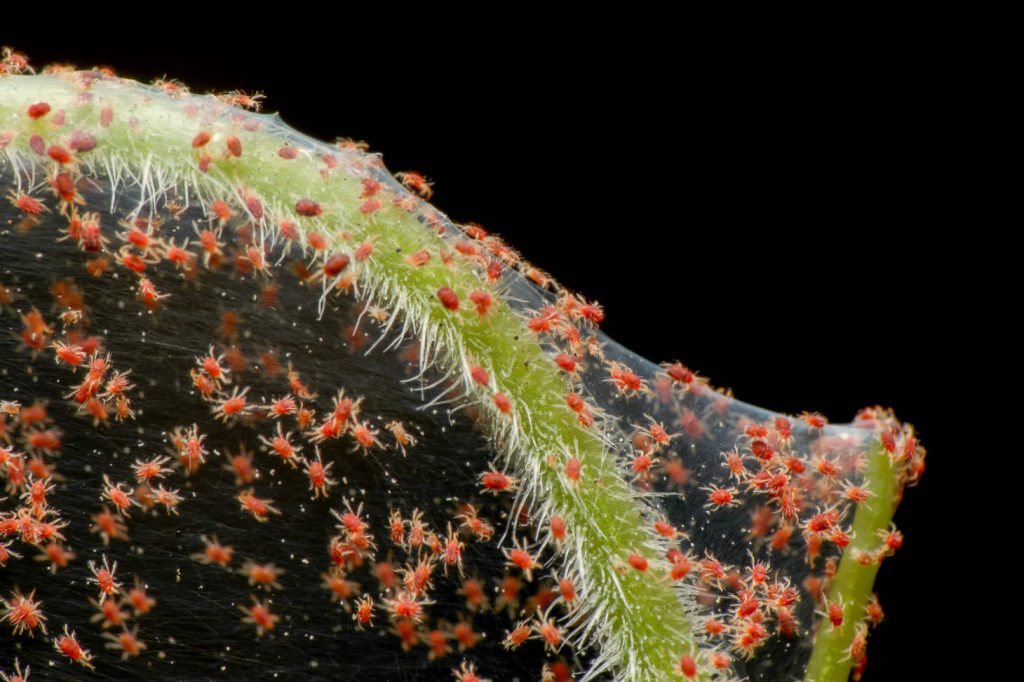
Look for visible changes in your succulent’s appearance. Common succulent pests like mealybugs, spider mites, aphids, and scale insects often leave behind sticky residue, webbing, or clusters of small bugs.
Your plant may show discolored spots, wilting, or distorted leaves. New leaves may stop growing or look smaller than usual. If you see black spots, mushy patches, or a white powdery substance, your succulent could be fighting a disease.
A quick visual check each week can help you spot pest infestations and early signs of common problems. Use a magnifying glass if needed to look for tiny bugs or eggs under the leaves.
Identifying Fungal and Bacterial Infections
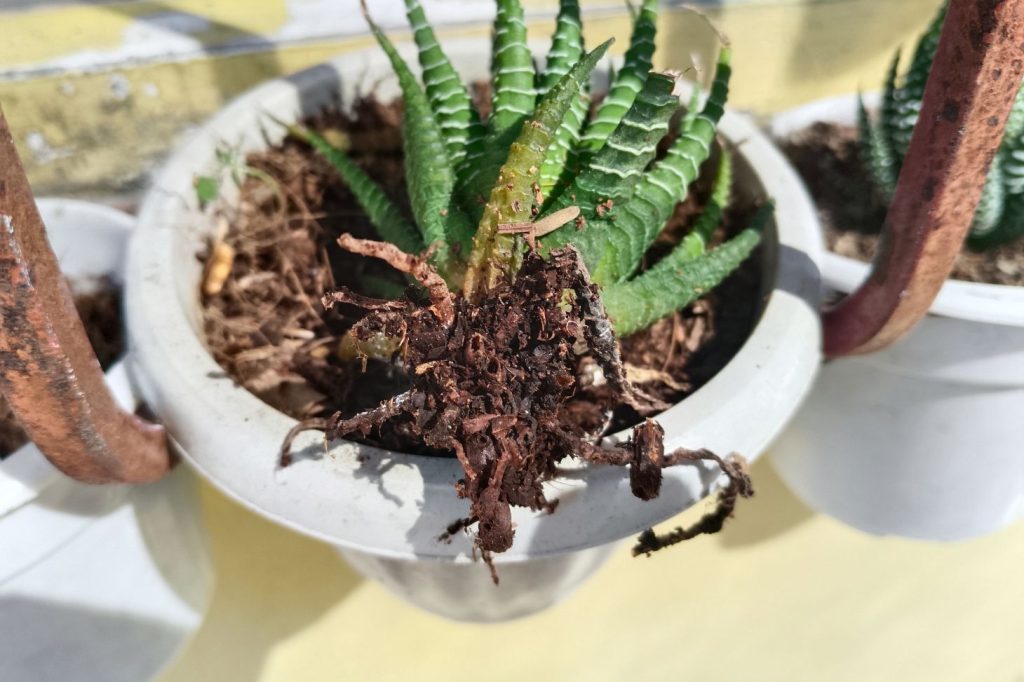
Fungal diseases often show up as white, fuzzy growths (powdery mildew), black spots, or a gray coating on leaves and stems. Root rot is a major problem caused by fungi when the soil stays too wet, leading to mushy, brown, or black roots.
Bacterial diseases can cause soft, watery spots or ooze on the leaves and stems. Leaf spot, another common issue, often appears as brown or black spots with yellow halos. Your plant may start dropping leaves or have a foul smell if infection spreads.
If you notice these symptoms, act fast. Remove infected leaves with clean scissors and let the soil dry out between waterings to stop the spread.
Differentiating Pest Damage from Other Issues
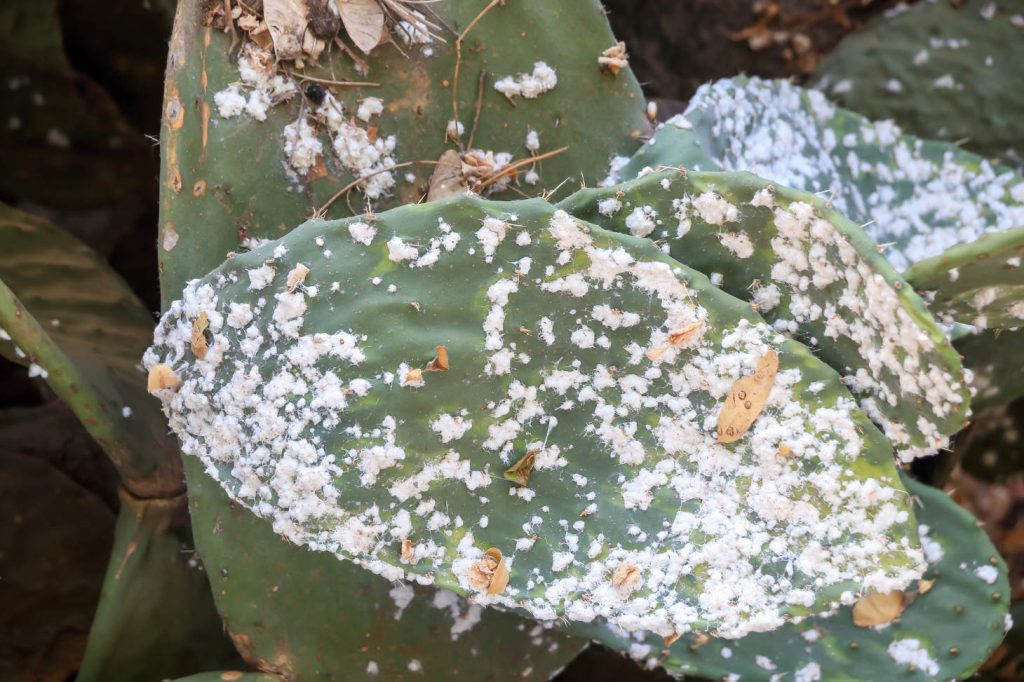
Not all plant problems come from pests. Environmental stress, like too much sun, overwatering, or not enough airflow, can cause similar signs.
Table: Comparison of Damage Symptoms
| Cause | Typical Symptoms |
|---|---|
| Pests | Sticky residue, tiny moving bugs |
| Fungal Infections | White powder, black spots, rot |
| Bacterial Diseases | Wet, mushy patches, yellow halos |
| Sunburn/Stress | Dry, brown edges, bleached leaves |
Examine closely, pest damage usually comes with visible bugs or their waste. Infections often have odd color changes or textures. If you don’t see pests but your plant still looks sick, consider issues like root rot, lack of light, or overwatering.
Best Quarantine Practices for Sick Succulents
Isolating a sick succulent takes careful steps to stop pests and diseases from spreading. You need a clean area, a set amount of isolation time, close checks, and ways to keep your plant collection safe.
Setting Up a Proper Isolation Area
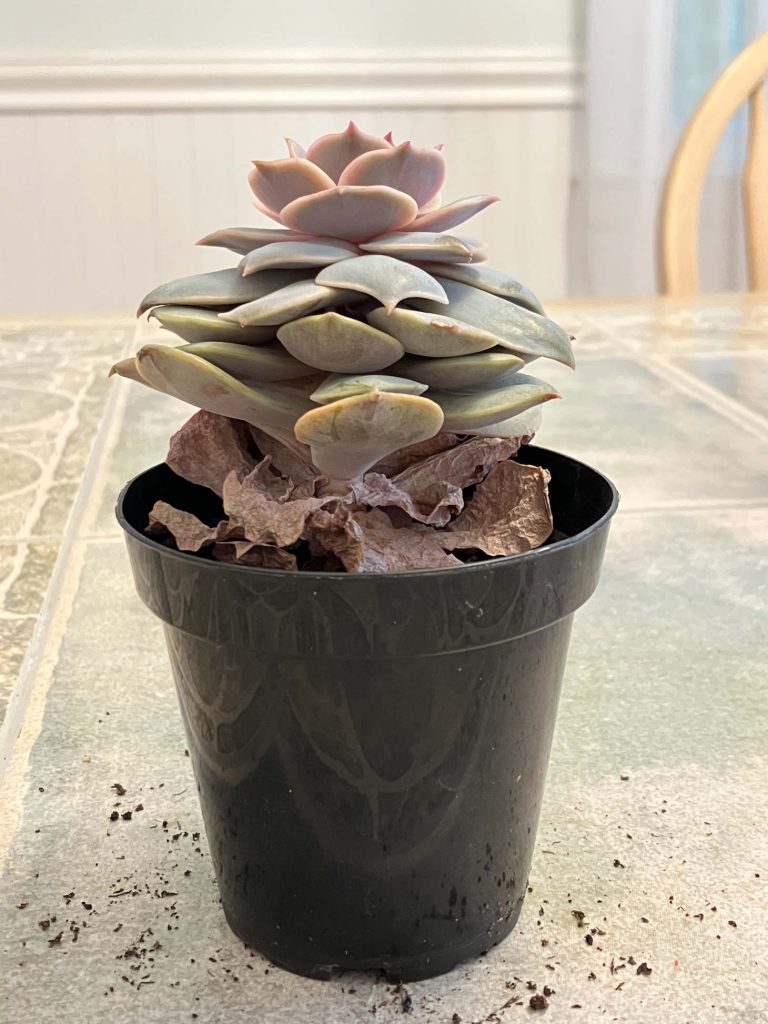
Keep your sick succulent away from other houseplants right from the start. Place it in a separate room or on a different shelf, at least several feet away from your healthy plants. Choose a spot with good air flow but avoid windy areas where pests and spores could travel.
If you only have one room, try to use a clear plastic bin or box. Pick a container that allows some light and has enough airflow. Clean the surface and tools before you set up the isolation area.
Label this space so others know the plant is in quarantine. Do not use the same watering can or tools for both sick and healthy plants until they are properly washed.
Recommended Quarantine Periods
Keep the sick or newly acquired plant in isolation for about 2 to 4 weeks. This timeframe helps you spot any signs of pests or fungal issues before rejoining your plant collection.
For severe infestations or visible disease, you might need longer isolation, up to 6 weeks. Always stick to at least the minimum recommended period, even if the plant looks healthy sooner.
Check care guides for specific diseases, since some have longer incubation periods. Be patient; a proper quarantine period is your best defense against spreading problems across your succulents.
Thorough Inspection Steps
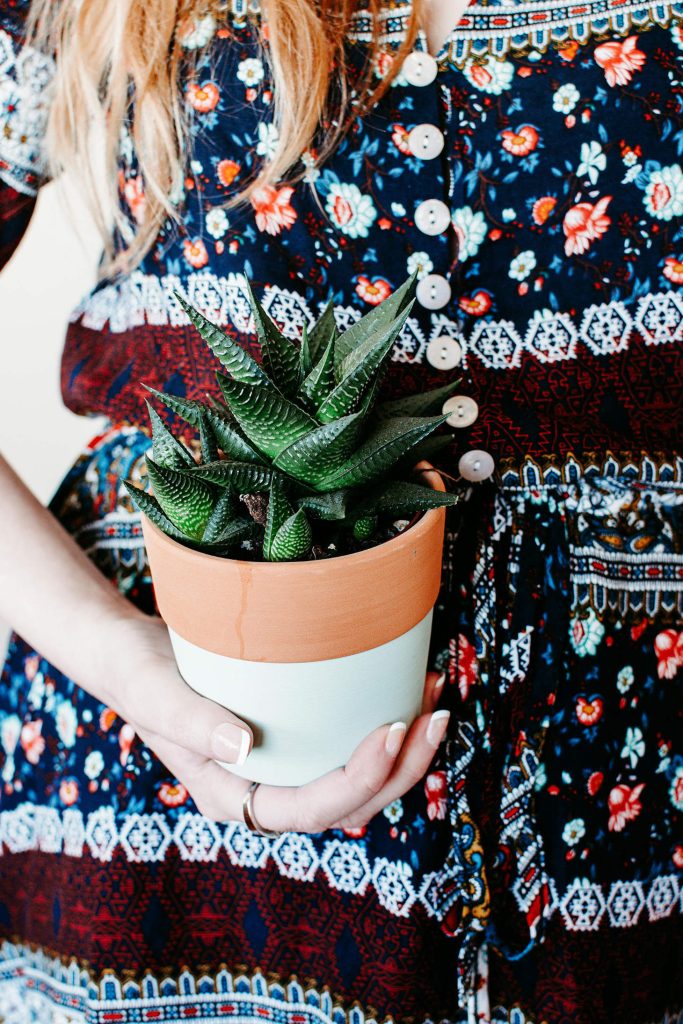
Inspect your quarantined succulent every 2-3 days. Look for small pests under leaves, around stems, and in the soil. Popular hiding spots for insects like mealybugs, scale, or spider mites include leaf joints and the undersides of leaves.
Use a magnifying glass for careful checks. Look for webbing, sticky residue, or white fuzz as signs of trouble. Remove any damaged or falling leaves right away and dispose of them outside the house.
If you spot pests or mold, treat the plant with gentle pesticides or fungicides that are safe for succulents. Repeat inspections during the whole quarantine process, even after treatment, to make sure your plant recovers.
Preventing Cross-Contamination
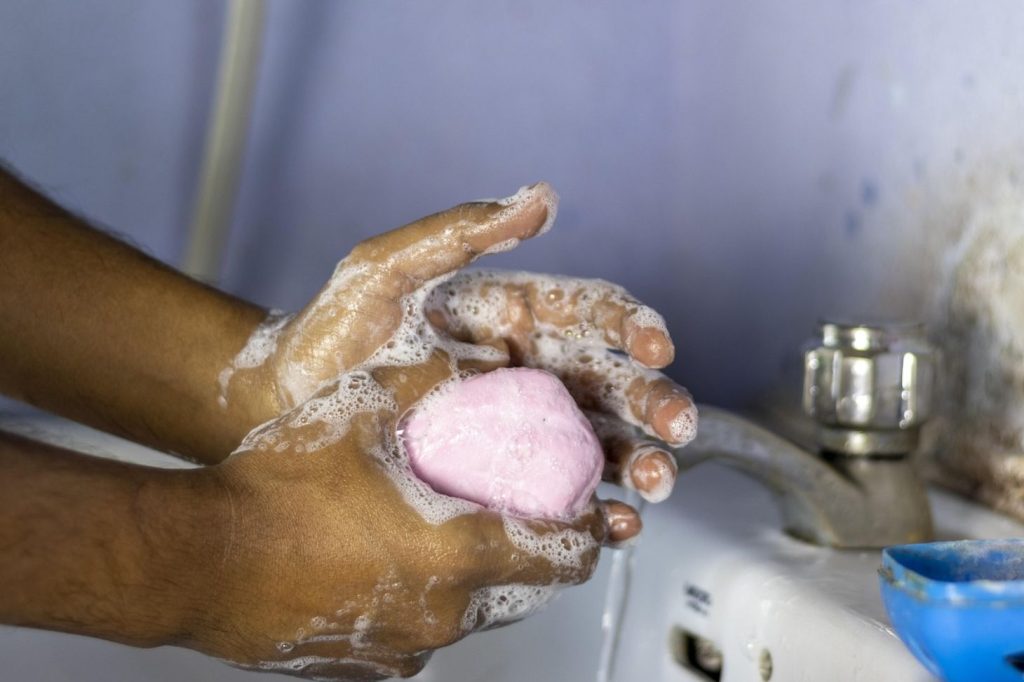
Always wash your hands and tools after handling a sick or quarantined plant. Use separate gloves, pruning shears, or tweezers for each isolation area. Wipe down work surfaces with rubbing alcohol or a bleach solution.
Do not let cuttings, water, or soil from the isolation area touch your healthy plants. Avoid moving your quarantined succulent except for essential tasks like inspection or treatment.
Set up a clear routine, work with healthy plants first, then care for those in quarantine. This reduces the chance of carrying pests or spores to your other succulents and keeps your whole plant collection safer.
Effective Treatment and Ongoing Care
Treating sick succulents involves stopping pests, managing diseases, and changing how you water your plants. Paying attention to these areas is important for plant health and helps prevent further problems.
Pest Control Methods
Dealing with pests like mealybugs, spider mites, scale insects, aphids, and thrips is one of the first steps. These insects can spread quickly and harm not only the sick succulent but others as well. Check your plant regularly for small bugs, webbing, sticky residue, or tiny crawling insects.
Remove visible pests using a cotton swab dipped in rubbing alcohol. For a larger infestation, use insecticidal soap or a gentle insecticide formulated for houseplants. Spray all plant surfaces, making sure to reach crevices where pests hide. Fungus gnats are another common problem; let soil dry out and use sticky traps if needed.
Continue monitoring the plant during quarantine. Repeat treatments every 7–10 days until you see no signs of pests. Always inspect new houseplants before introducing them to your collection, as preventive measure against infestations.
Fungal and Bacterial Management
Sick succulents often suffer from diseases such as powdery mildew, black spots, or soft rot. Remove all affected leaves and use sterilized scissors or pruners. Disinfect your tools between cuts to avoid spreading bacteria or fungal spores.
To treat fungal infections, apply a fungicide suited for houseplants. For mild cases, a diluted hydrogen peroxide solution can work as well. Make sure your succulent is in a spot with good airflow around it, as humidity encourages fungal growth. Do not crowd the plant with others during the quarantine period.
For bacterial issues like wet, mushy stems, remove the damaged sections and avoid splashing water on leaves. Replace overly wet or contaminated soil. Regular monitoring for odor, discoloration, and soft tissue helps catch problems early and protect other plant collections.
Watering Schedule Adjustments
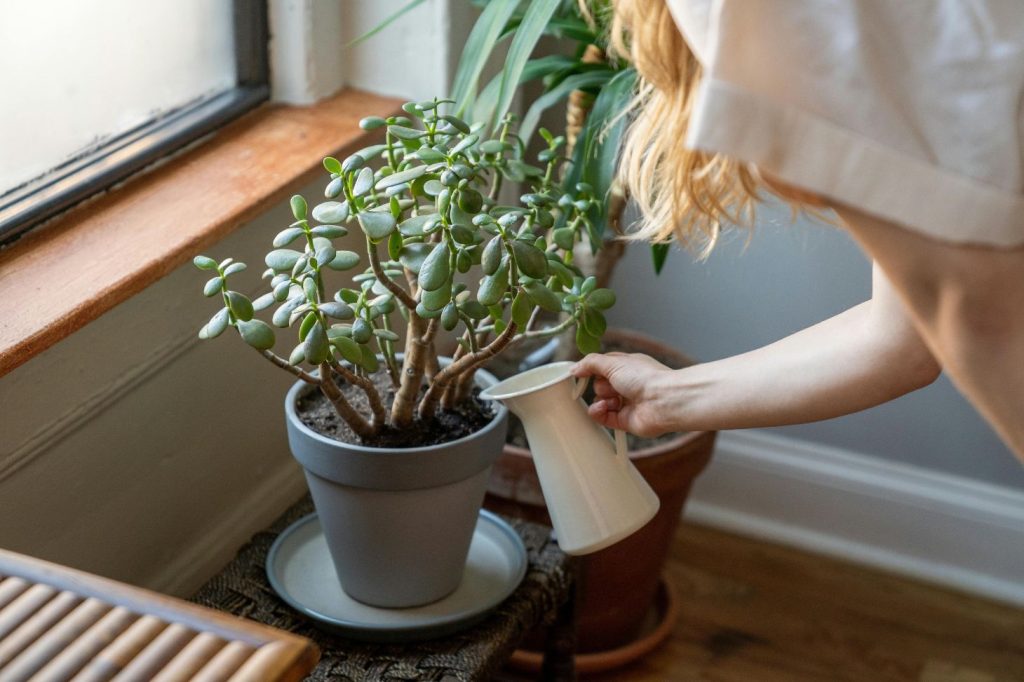
Overwatering is a leading cause of sickness in succulents, often leading to root rot or encouraging pests like fungus gnats. Start by checking soil moisture with your finger or a moisture meter before each watering.
Allow the top 1–2 inches of soil to dry completely between waterings. Succulents in quarantine might need even less water since their root system is stressed. Water in the morning so the plant dries faster during the day, reducing risk of fungus.
If your succulent has lost many leaves or has root damage, cut back on watering further until new growth appears. Gradually return to a normal watering schedule as the plant acclimates and regains health. Careful watering is one of the most important preventive measures for long-term succulent health.
Frequently Asked Questions
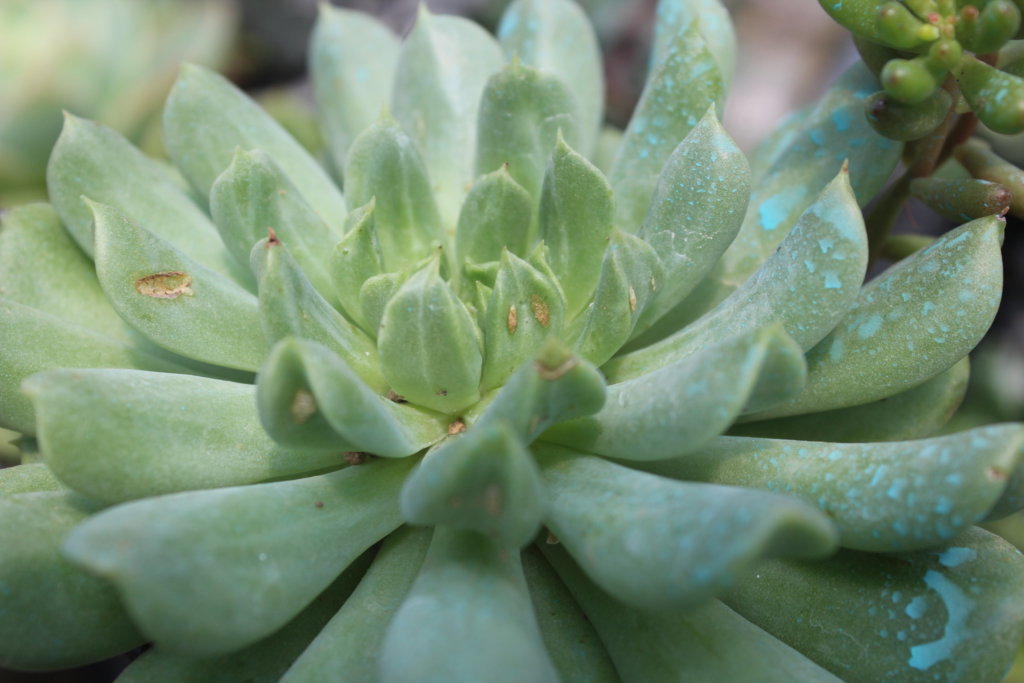
Succulent diseases can spread quickly if not handled correctly. Isolating and treating sick plants is important to protect the rest of your collection.
How can I identify a disease in my succulents?
Look for signs like black or brown spots, mushy leaves, and a soft stem. Powdery mildew, white fuzzy growth, or sudden yellowing can also mean your succulent is sick. Unusual odors or a plant that wilts even after watering may point to disease.
What are the steps to isolate a diseased succulent plant?
Move the sick plant away from others as soon as you notice symptoms. Place it in a separate room or area with good airflow. Clean your hands and any tools before and after handling the plant to avoid spreading germs.
Which symptoms indicate a succulent needs to be quarantined?
Quarantine your succulent if you see leaves turning black, gray, or mushy. Other signs include white webbing, small bugs, or fast leaf drop. When a plant looks very different from normal, it is safer to isolate it right away.
Are there any home remedies for treating common succulent illnesses?
For fungal spots, use a mild mix of baking soda and water sprayed on the leaves. Rubbing alcohol on a cotton swab can help remove pests like mealybugs. Letting the soil dry out often helps with root rot.
How do I prevent the spread of disease to healthy succulents?
Keep new or sick plants apart from the rest for about 2 to 4 weeks. Wash your hands and tools after touching a sick plant. Make sure pots and soil are clean before using them.
When is it necessary to remove affected parts of a succulent?
Remove leaves or stems that are soft, black, or rotten to prevent the disease from spreading. Use clean, sharp scissors, and cut a little into healthy tissue to make sure all of the sick part is gone. Always discard removed parts instead of composting them.

